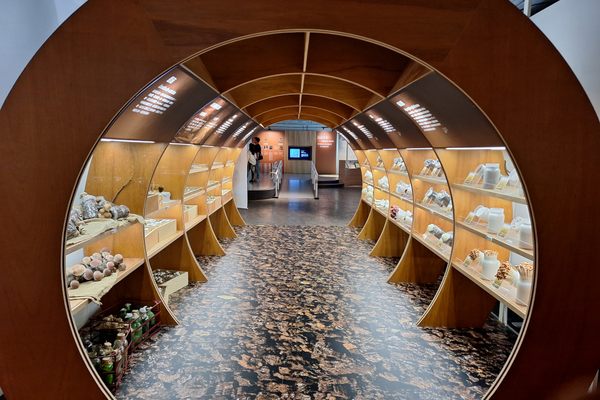About
Located somewhere on the campus of Michigan State University is a very strange crop indeed.
Way back in the fall of 1879, Dr. William James Beal planted 20 narrow-necked glass bottles, filled with a mixture of moist sand and seeds. More specifically, these bottles contained 50 seeds representing 23 different plant types. In his journals, Beal wrote that each was, “left uncorked and placed with the mouth slanting downward so that water could not accumulate about the seeds.”
Readers would be forgiven for thinking the good doctor's act oddly specific. But Beal's purpose was overtly scientific in nature; he hoped to ascertain the exact number of years local plant species could survive in neutral conditions. He specified that his reserves — which many have been quick to point out bear a striking resemblance to whiskey bottles — should be unearthed at even increments, whereupon their contents are to be planted in fertile soil to see what still grows.
According to Beal’s original vision, a bottle would be dug up every five years. But in 1920, a decade after Beal retired, his replacement boldly extended the period between excavations to 20 years. The latest (sixth-to-last) bottle was unearthed in the spring of 2000 by current WJ Beal Botanical Garden curator Dr. Frank Telewski and his colleague Dr. Jan Zeevaart in a clandestine act undertaken beneath the cover of darkness. The final bottle isn't set to be dug up until 2100.
If a few hundred years seems an absurd amount of time to spend on a handful of seeds, perhaps consider reframing the way you're thinking about these seeds and Beal's foresight. By the conclusion of his experiment, Beal's Seed Viability Experiment may finally give future generations an answer to a problem that has universally vexed our ancestors since they abandoned their hunter-gatherer ways: just how many times, exactly, does one have to pull those damned weeds before they'll stop growing back?
(Read more about the World's Longest-Running Scientific Experiment, including which seeds are proving to be the heartiest, here.)
Related Tags
Published
February 17, 2016






















